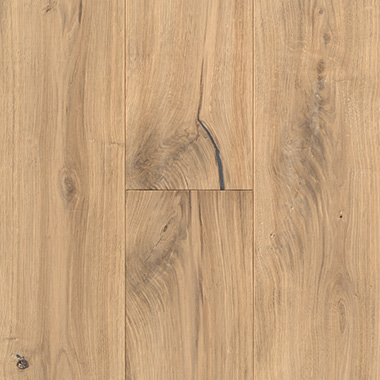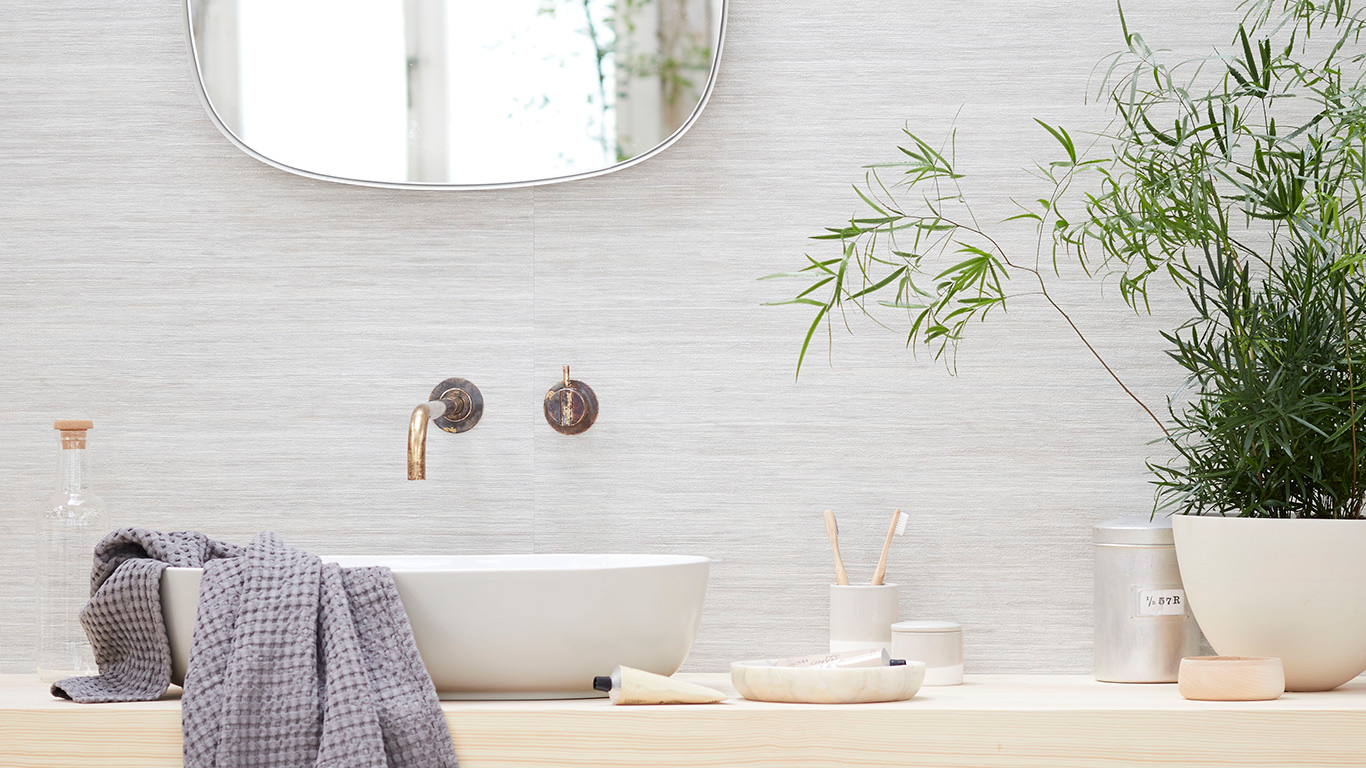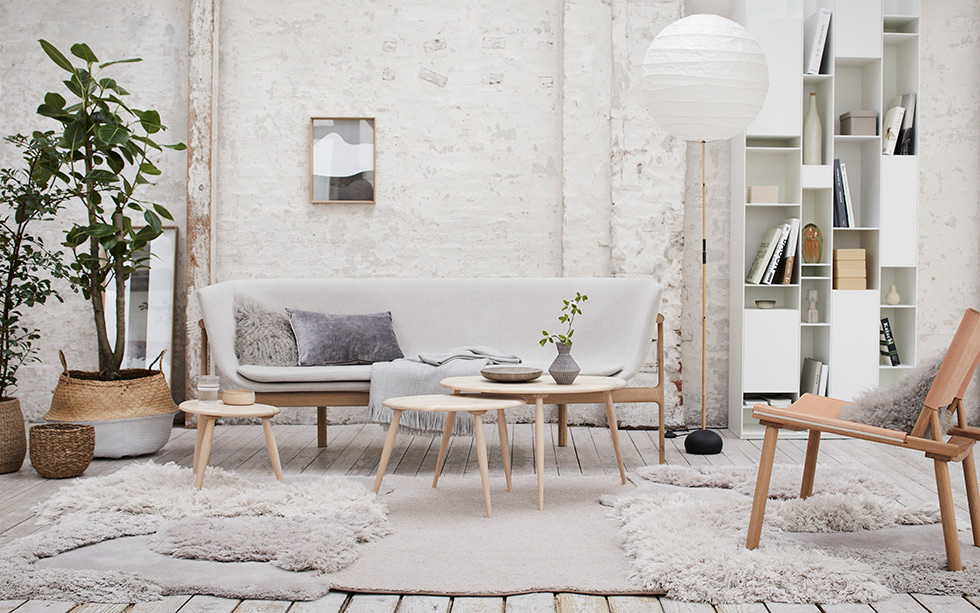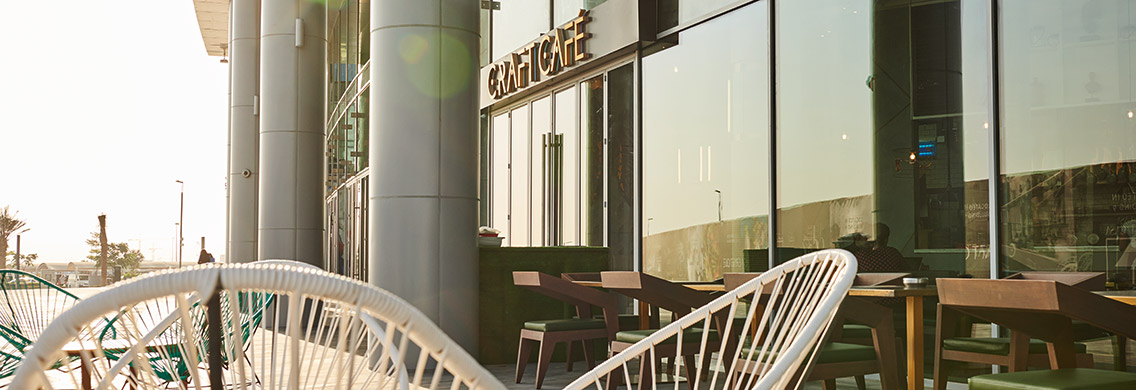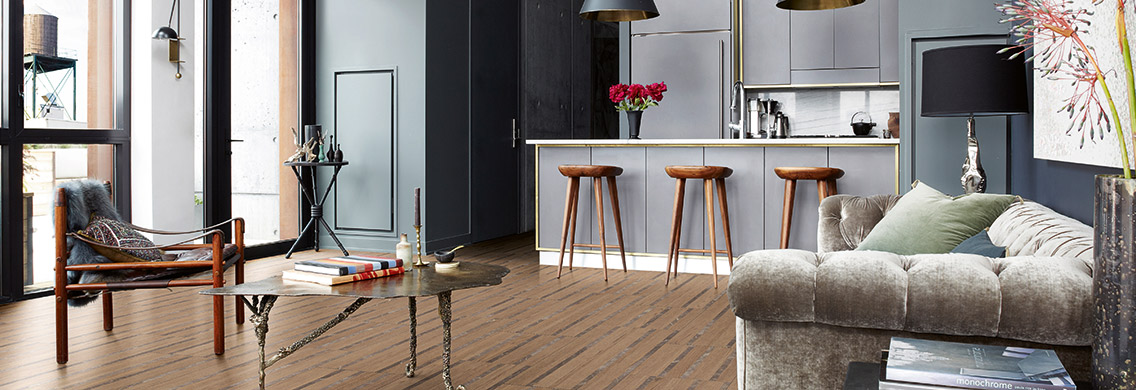Wabi-Sabi – the aesthetics of liberation
After "Hygge" and "Coorie", a new style of furnishing – this time borrowed from Japanese tradition – is currently conquering the home: Wabi-Sabi. Wabi-Sabi has its origins in Zen Buddhism and deals with the aesthetics of simplicity and imperfection. It is all about recognising the beauty of simple and aged things, to be content with them, to appreciate and enjoy them. Wabi-Sabi is therefore not "just" a trend, but also a state of mind – but one that can be expressed perfectly in home living.
Must-haves for the Wabi-Sabi style
Less is more when it comes to Wabi-Sabi: old treasures come to the fore, unnecessary things are dropped, optical emptiness is supposed to have a liberating effect on the mind. This Japanese minimalism is anything but sparse or monotonous, however. Natural white, soft cream colours, delicate grey, muted earth tones, pale blue and rosé alternate and radiate peace and harmony. Wabi-Sabi is restrained, but still radiates warmth and security.
Important in this style of furnishing are products whose beauty lies in their imperfection. Handcrafted designs, natural materials such as wood, leather or marble and decorative pieces with a patina - supposed flaws and signs of use make the products expressive. Stoneware, ceramics, linen and concrete also provide a natural quality, rough surfaces with texture dominate the Japanese style. Straight cuts and discreet patterns fit wonderfully into the furnishing concept and make the room homely. The motto here is: high-quality materials and workmanship are crucial so that the style does not look random.
When it comes to flooring, natural-looking engineered wood is the first choice: Parador engineered wood flooring "Oak handscraped brushed" from the Trendtime 8 product line perfectly matches the gentle elegance of the Wabi-Sabi style thanks to its light colouring and naturally oiled and hand-finished surface.
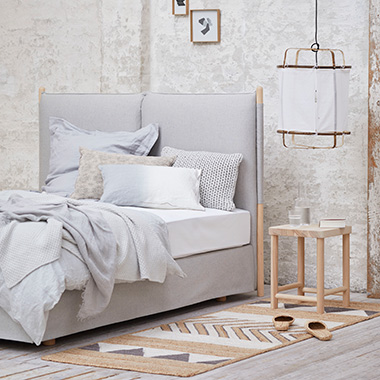
japanese minimalism
